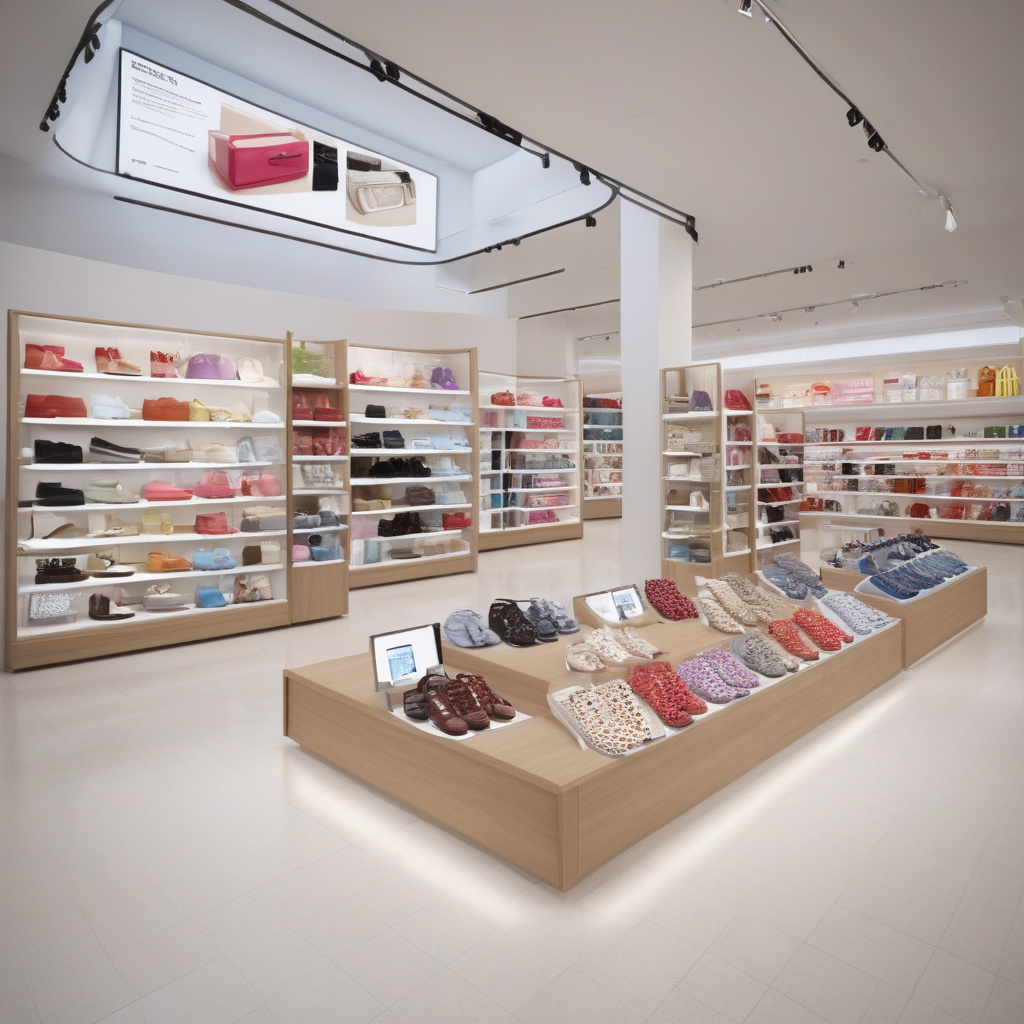Improving Retail Experience with In-Store Analytics
In today’s competitive retail landscape, where customer expectations are constantly evolving, retailers are seeking innovative solutions to enhance the shopping experience. One such solution is in-store analytics, a powerful tool that can significantly transform how retailers engage with customers at the point of sale. As businesses strive to remain relevant, integrating in-store retail analytics is not just an option; it is quickly becoming a game-changer for the industry.
Understanding in-store analytics begins with recognizing its ability to collect and analyze data generated during customer interactions within a physical store. By utilizing various technologies, including sensors, cameras, and mobile devices, retailers can gather valuable insights on customer behavior, foot traffic patterns, and product performance. This data is crucial in making informed decisions that can lead to improved sales and customer satisfaction.
One of the primary benefits of in-store analytics is its capacity to create a personalized shopping experience. For instance, retailers can track which products customers gravitate towards, how long they spend in specific aisles, and even their shopping patterns over time. With this information, businesses can tailor promotions, adjust inventory levels, and optimize store layouts to better meet customer needs. For example, if analytics show that customers frequently pause in front of a particular display but don’t make a purchase, retailers can investigate whether the product’s pricing, placement, or even the signage is deterring sales.
Moreover, in-store analytics can enhance the efficiency of staff deployment. By analyzing peak shopping times and customer flow, retailers can adjust staffing levels to ensure adequate service during high-traffic periods. This not only improves customer service but also helps reduce operational costs. For instance, a store that uses analytics to understand that Saturday afternoons are particularly busy can schedule more staff during those hours, leading to shorter wait times and a more pleasant shopping experience.
Another key advantage of integrating in-store analytics is inventory management. Retailers can gain insights into which products are selling well and which are not, allowing for more accurate inventory forecasting. This minimizes the risks of overstocking or stockouts, both of which can negatively impact sales and customer satisfaction. A prime example is a grocery store that notices a spike in demand for a particular organic snack during summer months. By leveraging analytics, the store can ensure that they stock up on this item ahead of time, catering to customer demand and maximizing sales opportunities.
Additionally, in-store analytics can play a significant role in enhancing marketing strategies. By understanding customer demographics and shopping behaviors, retailers can create targeted marketing campaigns that resonate with their audience. For instance, if analytics reveal that a specific demographic frequently purchases vegan products, retailers can craft promotions centered around these items, thereby increasing the likelihood of sales and customer loyalty.
Moreover, the integration of in-store analytics can lead to a more engaging experience through the use of technology. Many retailers are now incorporating digital displays and interactive kiosks that utilize real-time analytics to provide personalized recommendations and promotions. Imagine walking into a cosmetics store and receiving a notification about a special offer on a product you recently viewed online. Such a seamless integration between online and offline experiences can significantly enhance customer engagement and drive sales.
As retailers look to the future, the importance of in-store analytics cannot be overstated. Its ability to provide actionable insights not only improves the customer experience but also drives operational efficiency and boosts profitability. Companies that embrace this technology will find themselves better equipped to meet the ever-changing demands of consumers.
In conclusion, integrating in-store analytics is no longer a luxury but a necessity for retailers aiming to thrive in a competitive market. By leveraging data to understand customer behaviors and preferences, businesses can create tailored experiences that foster loyalty and enhance satisfaction. As retailers continue to adapt to the digital age, those who invest in in-store analytics will undoubtedly lead the charge in reshaping the retail experience for the better.
retail, in-store analytics, customer experience, retail technology, inventory management
